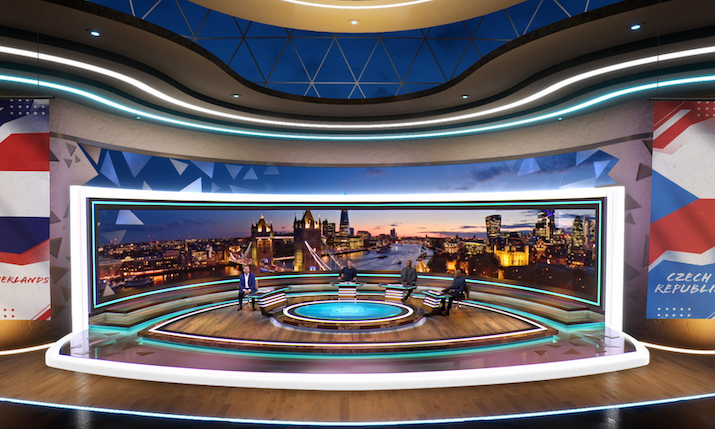Integrated technologies: Crystal ball gazing into 2024 with White Light
 By Will Draffin, White Light senior solutions architect.
By Will Draffin, White Light senior solutions architect.
We’ve seen a rapidly surging demand for a digital first approach and the rise of sports clubs, rather than just rights holders, producing multi-use content for different platforms. This is also the case for sports venues, both here in the UK and globally.
One driver for this is increased fan engagement, so we’ve seen sports clubs creating dedicated broadcast studios within their flagship training grounds and stadia to increase access to their players.
Integrated technologies
Significant investment is being made to equip these with studios with different integrated technologies. This enables them to produce a broad nature of content for their own subscriber TV channels and digital platforms. For example, an array of footage of the players at their training grounds can be captured and then fans can be beamed into content, created especially for their own channels.
We’re also seeing this digital first trend with clubs, venues and broadcasters all looking to create curated content for social and subscription apps, such as highlights, longer format video, or podcasts in addition to short format video. This gives the talents’ media teams regular access to fresh content captured while they’re in training, rather than always relying on match play and press engagements.
One of the challenges we’re seeing with these new studios is the need for content to be created for a wide variety of platforms with differing requirements. So, while a 9:16 aspect ratio works for phone viewing, it needs to be adapted for a range of other outputs.
Rise of the AI
We expect to see an increasing adoption of artificial intelligence (AI) to handle all this new content that’s being created, using AI metadata tagging to organise assets within the MAM.
We’re already seeing AI being used for the manipulation of graphics and video formats so you can automatically create for different aspect ratios, as well as for multiple different languages. With early entrants to the AI market already here, we expect this to become more commonplace in 2024.
This year we participated in the IBC Accelerator ‘5G Motion Capture for Performance Art and Animation’ project. Off the back of this, I think we’ll start seeing private 5G networks increasingly being leveraged for media contribution, and we can already see the massive impact this technology is going to have in creating content for sports broadcasts. It not only enables remote contributions; we’ve also seen advances in connecting mobile devices to private 5G networks and we’re going to see a massive leap in innovation with this.
This also brings increased accessibility benefits for lower league sports, as deploying a private 5G network enables remote production anywhere. The developments we’ll see within major sports tournaments in the coming years are going to pave the way for increased accessibility and inclusion across a wider variety of sports. This will also enable the monetisation of lower tier sports, and the creation of new broadcast rights.

